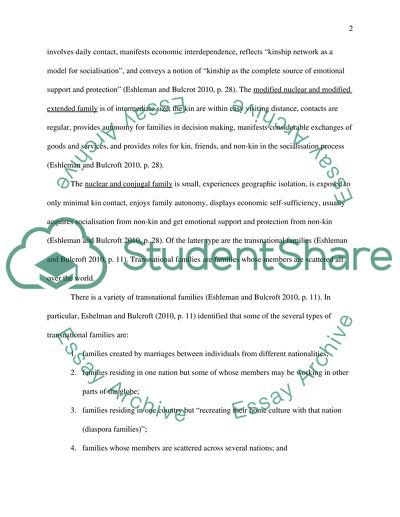Cite this document
(“Industrialisation and the Family Assignment Example | Topics and Well Written Essays - 1750 words”, n.d.)
Retrieved from https://studentshare.org/family-consumer-science/1423323-industrialisation-and-the-family
Retrieved from https://studentshare.org/family-consumer-science/1423323-industrialisation-and-the-family
(Industrialisation and the Family Assignment Example | Topics and Well Written Essays - 1750 Words)
https://studentshare.org/family-consumer-science/1423323-industrialisation-and-the-family.
https://studentshare.org/family-consumer-science/1423323-industrialisation-and-the-family.
“Industrialisation and the Family Assignment Example | Topics and Well Written Essays - 1750 Words”, n.d. https://studentshare.org/family-consumer-science/1423323-industrialisation-and-the-family.


